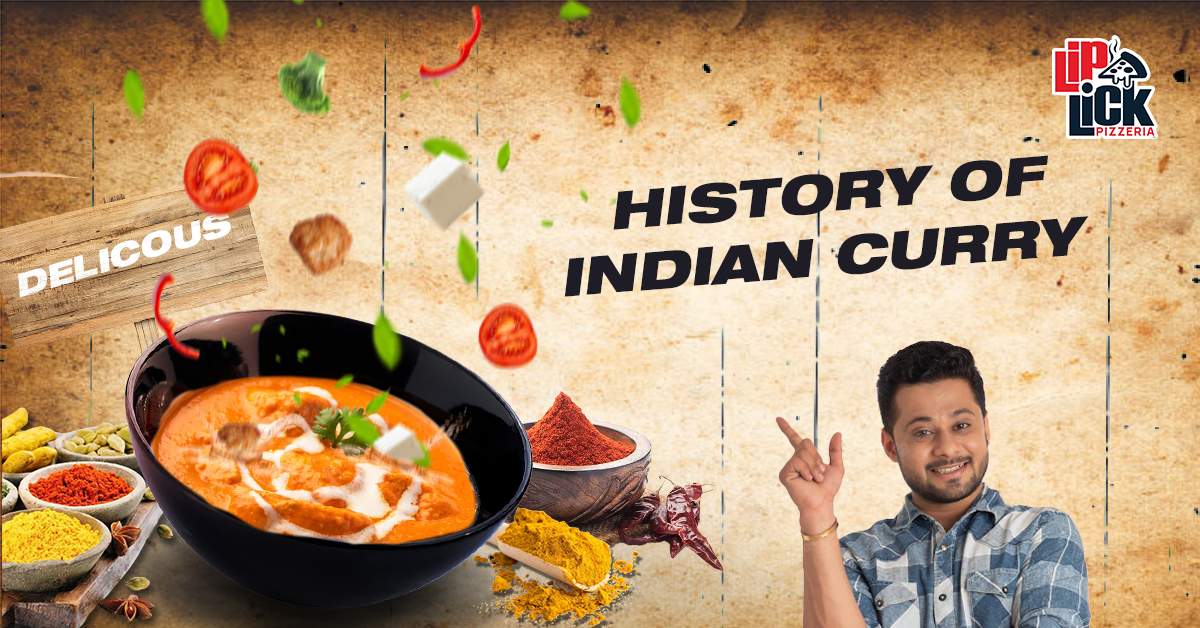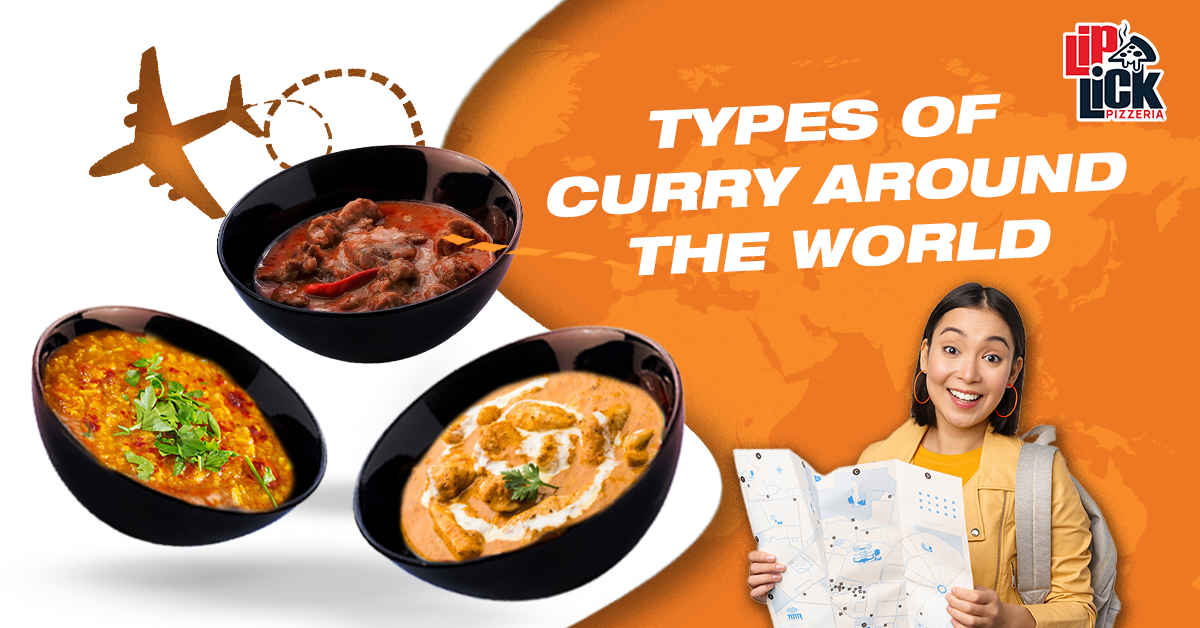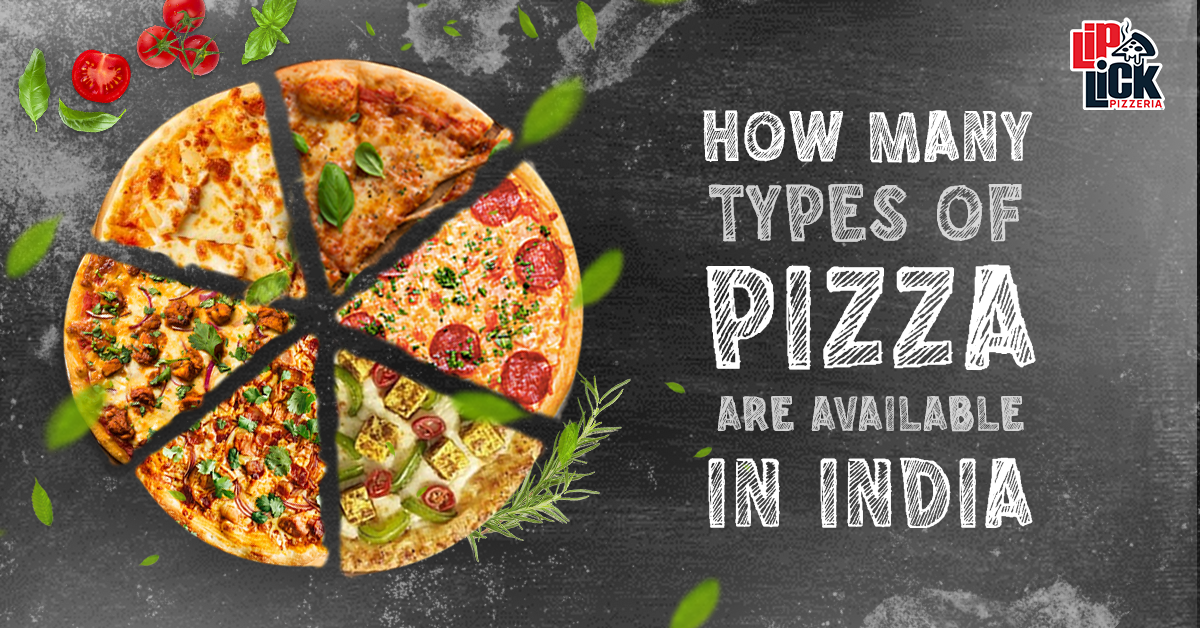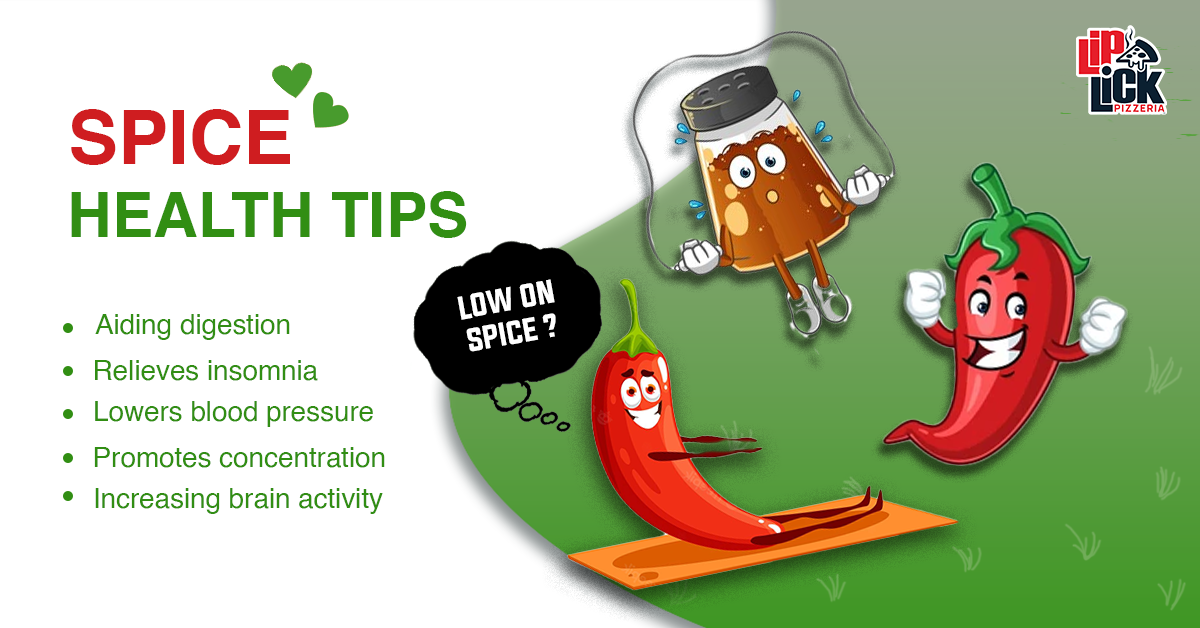Indian cuisine has evolved in the span of 5000 years! Through many different cultures and traditions that came and went from India dropped a lot of their culture and tradition which affected Indian cuisine a lot. You will find a heavy taste of spics and staple ingredients like lentils and vegetables to be used more in an Indian Food Menu. Indian cuisine uses peanut or vegetable oil as its staple cooking material. Rice and roti (flat bread) are used as supplementary appetizers in dishes.
When most of us think of the word “curry”, we picture colorful Indian dishes with a thick sauce. While the majority of the western world believes that the word curry refers to all Indian food, in India, it’s a different story.
In India, there is a spice called curry leaves, a pan called the karahi, and about 5 dishes commonly called curry. These dishes include chicken curry, lamb curry, egg curry, fish curry, and kofta curry. All of the other Indian dishes that we think of as curries actually have their own unique names on the Indian subcontinent.
In this article, we will talk about what curry is and isn’t in India, common misconceptions about curry, and the top curry and non-curry dishes you should try.
Origin of curry
Curry has a charming history, one that points to many countries and their glorious cultures. Curries from Southeast Asia to the Middle East to India, have been a staple of eastern cuisine for centuries. As one can see today, it has spread from its early origins to find a place on countless dining tables around the globe and is enjoyed by people of all ethnicities and nationalities the world over.
However, the truth is that no one really knows when curry was invented or started to be used in Indian cooking, What one knows is that the use of spices in a sauce to flavor meats has been traced back to 2500 BCE from Mohenjo-Daro. Archaeological evidence further showcases the use of a mortar and pestle to pound spices including mustard, fennel, cumin, and tamarind pods, with which food was flavored.
From there, it is thought that curries were spread across Asia and Europe via Indian monks traveling the Silk Route. Curries were also influenced by new world explorers from Spain and Portugal that brought chili peppers to India, prior to which the most pungent ingredient in curries was black pepper. The expansion of curries throughout Asia was further accelerated by the British that introduced Indian curries to Japan and hence one can say that the curry traveled to all British conquests.
What is curry powder?
The word ‘curry’ comes from the Tamil word “Kari”, which simply means ‘sauce’. In India and around the world, there are thousands of different types of curry. Its taste and consistency vary from place to place, accommodating the geography, availability of ingredients, and the cultural and religious preferences of the people residing in the specific region.
Curry powder, on the other hand, can fancily be termed a potpourri of spices. Simply put, it is a ‘dry mixture of spices’ that goes into making any curry. On supermarket shelves, this mixture includes turmeric, ground coriander ground cumin, ground ginger, and black pepper.
This modern version was concocted and brought to Britain from India by soldiers returning home during the British rule of India. The idea was to mix the common ingredients that went into making the most popular versions of Indian curry and achieve the same taste on British soil.
However, this curry powder alone was never meant to flavor a dish, and it was certainly not meant to be used uncooked as a flavoring agent for ‘curry chicken salad’. The pungent flavor of curry chicken salad is one reason some people associate ‘flavor’ with the word ‘curry’.
How curry got its name
There are many stories about how the word “curry” came to represent all Indian dishes. Most of them start with the British who when they came to India had problems pronouncing many Indian words that were o different from their own language.
While ‘curry’ doesn’t exist in Indian languages, there is a Tamil dish called Kari which I a specific dish with a gravy sauce. It is possible that the British heard this word and started using it as a general description of Indian cooking without knowing its real meaning.
Some people also believe that the word curry comes to from the word karahi which also sounds similar and is a type of two-handled pot that is used to make many North Indian dishes.
What is curry
Although curry is not an Indian word, it has been more or less adopted by the Indian subcontinent with a similar meaning to the word “stew”. Indians tend to only call a few very basic dishes curries such as chicken curry, fish curry, and egg curry. Other more complicated dishes are often called by their specific names.
Curry dishes usually start with a tomato and onion base to which spices like cumin, coriander, chili powder, turmeric, and sometimes garam masala are added. Most curry dishes are more watery and simple than other Indian gravy dishes and are more likely to have a milder flavor.
There is a large variety of curries and they are often made differently depending on the region. Every state or city in India may use slightly different ingredients in chicken curry. Fish curry is very popular in southern and western India with Kerala and Goa making their own distinct versions.
Egg curry is a very popular dish in Punjab where whole eggs are boiled and then added to tomato and onion gravy. Lamb curry is another favorite in North India.
MOST POPULAR INDIAN CURRIES
- Chicken curry
Chicken curry is a dish that is loved across India and is prepared in many different ways. Standard chicken curries are made from chicken stewed in onion and tomato sauce with ginger, garlic, chili peppers, and spices. In South India, they often add coconut and curry leaves to chicken curry.
One famous version of chicken curry comes from Maharastra in Western India and includes coconut milk along with a spicier flavor. Most chicken curries as garnished with fresh coriander and then served with rice or bread called roti. - Fish curry
Fish curry is often eaten in the coastal regions of India. This dish is a staple in Goa which is famous for its tangy and spicy flavor. Goan fish curry is usually made with white fish, incorporates both North Indian ingredients, and is usually served with plain rice.
South Indian fish curry has a sweet and tangy flavor and is locally called meen kulambu. The tangy flavor in this curry comes from tamarind which is a common South Indian souring agent. Kerala fish curry is particularly famous for its creamy sweet coconut sauce and hot chilies.
Some fish curries are served with bones, so make sure to be careful when eating. - Egg curry
Egg curry or anda curry is the most popular form of vegetarian curry. Most recipes for this dish come from North India and are particularly popular in Punjab. Often served with rice, this dish has a tomato and onion base and includes potatoes and boiled eggs.
In anda curry, the eggs are often boiled and served whole. Some recipes call for the boiled eggs to also be fried before being added to the sauce.
Like other curries, this dish will vary greatly from region to region, and depending on where you try it, it may include ingredients like cashews, yogurt, and coconut milk, but the spices will typically stay the same. - Lamb curry
Lamb curry or mutton curry is a classic North Indian dish that is also loved in Pakistan. This curry has an onion and tomato sauce and is cooked for long periods of time to bring out the flavors of the meat. This dish is often served with rice, but sometimes is thickened and served with a bread called chapati.
The most famous versions of lamb curry are served in Kashmir, West Bengal, and Odisha, the curry is always made with goat meat. In West Bengal, the dish is known as Kosha mangsho and has a thicker gravy than other curries.
Another popular version of this dish was created during the time of the British Raj and called railway mutton curry. This type of lamb curry was famously served on trains during the colonial era and included coconut milk and tamarind to extend its shelf life and give it a tangy flavor.
Railway mutton curry can be found at several restaurants throughout India including Oh! Calcutta! in West Bengal. - Vegetable curry
Vegetable curry is just what it sounds like. An onion and tomato-based gravy with an assortment of vegetables.
Depending on where you go in India, vegetable curries can include a variety of different ingredients from potatoes and cauliflower to okra and green beans.







